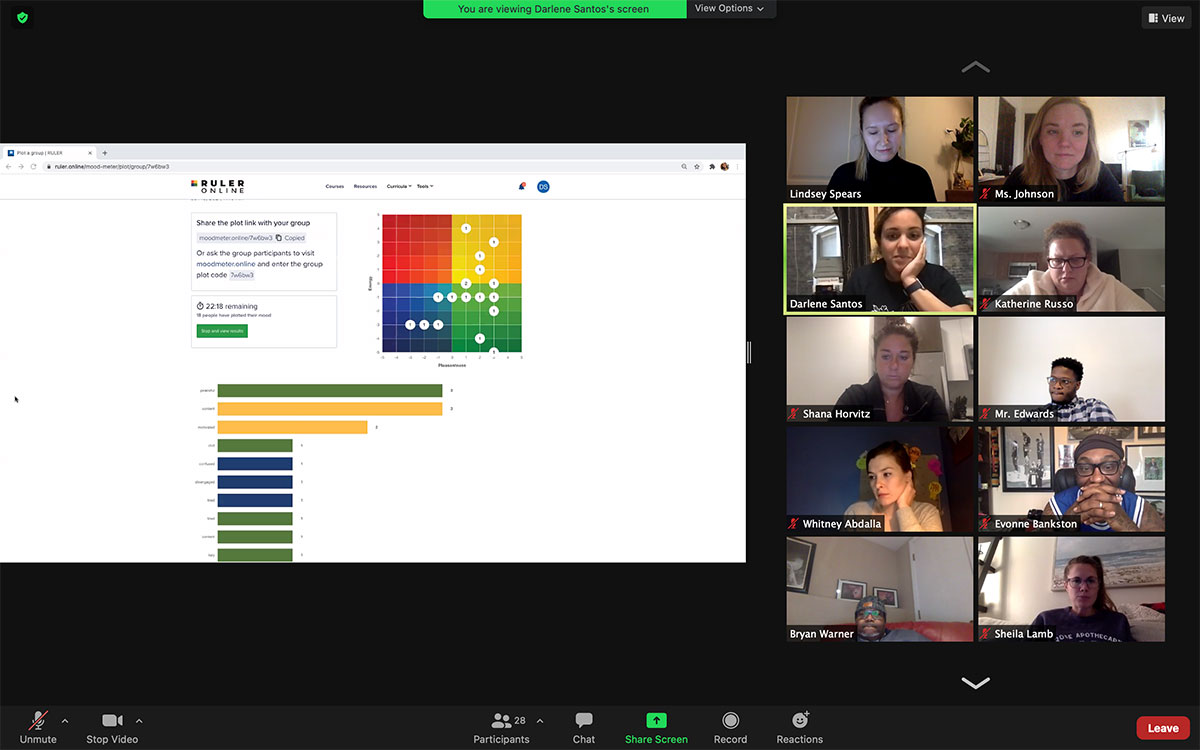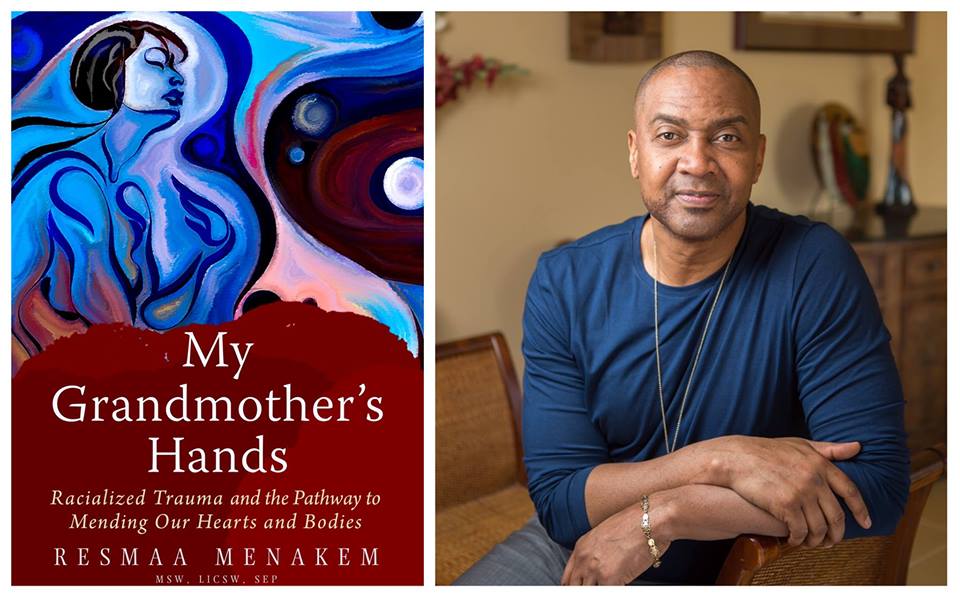Integrating Social and Emotional Learning
RULER training

We have made great progress in training all staff members at two schools so far. As each SEL leader from our other 6 schools completes their training, they will lead their whole staff through the workshops. When school staff work through the training together, it creates a sense of shared experiences and empathy that will translate to students’ connection. To date, staff completed 5 training sessions, including:
Emotions Matter: What is emotional intelligence? And why does it matter?
The Charter: Community Agreement Tool and living document. How we want to feel and actionable steps, we will take to achieve those feelings.
The Mood Meter: Tool to Recognize, Understand, and Label your emotions
Meta-Moment: Tool to stop & breathe, see your best self in every moment, and strategize how to regulate your emotions to be your best self.
Blueprint: Conflict Resolution Tool
Our next goal is to ensure all students are subsequently trained after teachers have had time to internalize the shared language, experiences, and practices.
Darlene Santos, 5th grade Math Teacher, and Grade Level Dean, shared her thoughts on the strengths of the RULER program:
“This whole effort has to do with building a community within your classroom, and it’s largely student-driven. When we’re talking about how we are living up to the charter (that students create), it’s their feedback that drives the conversation. They will be able to tell other students, “hey, I don’t think we’re living the charter we created…” This process allows for a lot of student input, and I will need to remember that as their teacher. To ensure investment, I will let them build it. I am here for support, and I will be teaching them how to regulate their emotions and use the RULER framework, but they will be driving the process.”
My Grandmother’s Hands by Resmaa-Menakeem

In November, every KIPP Chicago staff member received My Grandmother’s Hands: Racialized Trauma and the Pathway to Mending our Hearts and Bodies, a story of the journey through the labyrinths of trauma and its effects on modern life, especially for African Americans. Resmaa’s insight into trauma is profoundly impactful, but even more powerful and useful are his strategies for addressing it.
As the KIPP Chicago senior team reads the book together, Jennifer Hodges, Director of the Whole Child Fund, cites chapter 20, Cultural Healing for African Americans, as especially pivotal.
This chapter resonated with me because it underscores the importance of acknowledging African American contributions to global society. Telling a complete story of African American history is critical to psychological strength and self-confidence. Our history did not begin with slavery. I believe teaching from slavery diminishes African American students’ confidence and promotes subordinate self-worth and diminished self-efficacy. I desire to identify or design a curriculum that intersects African history with African American history and present-day experience. Through the Inclusive and Challenging Curriculum priority of Whole Child, my goal is to create an accurate African American curriculum that will nurture confident, proud, and empowered children leaders.
Because of this, it is important that we practice and model self-care, giving ourselves permission to pause and check-in and hold space for our students to do the same. The book says, “Learning to settle your body and practicing wise and compassionate self-care is not about reducing stress; they’re about increasing your body’s ability to manage stress, as well as about creating more room for your nervous system to find coherence and flow.” We look forward to the impact it will have on our entire region, our students, and our families as we read it together. Our entire region will have read the book and gone through three subsequent learning sessions by fall of 2021!
Though it looks different for everyone, we can actively model self-care for students in whatever way feels authentic. Here are some ways you can model self-care:

- Tell students you are going to take a minute to take some deep breaths and have some hot tea
- Provide several moments of pause or quiet
- Ask students to share their coping strategies and model some of your own
- Give students options for how they engage in class that day, ie, submitting journal reflection vs. actively participating in the discussion
- Provide time for creative visual representations of their thoughts
- Demonstrate emotional and mental release through physical activity like stretching, jumping jacks, etc.
- Use CMASJ coloring book to color with students
